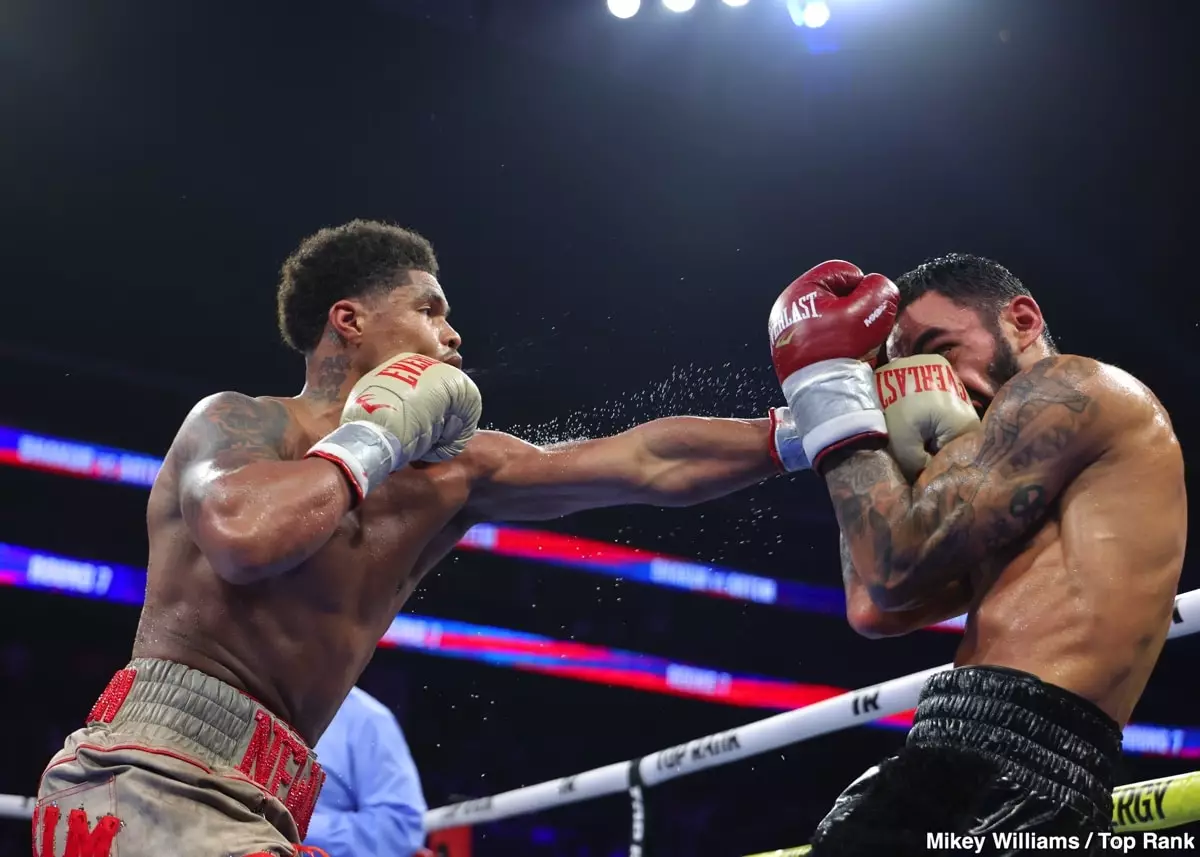Shakur Stevenson is at a pivotal moment in his boxing career as he prepares for a title defense against upcoming challenger Floyd Schofield on February 22nd in Riyadh. As he hints at a need for a refreshed fighting style, Stevenson’s declared commitment to evolving as a fighter could shape his legacy in the ring. Masters of boxing understand that adaptability is crucial in this ever-evolving sport. A fighter’s ability to transition from one style to another can be the difference between maintaining their title or becoming obsolete as they near the latter stages of their career. At 27, Stevenson is nearing a critical juncture, where fighters often find themselves entrenched in their established ways.
Expectations are high as Stevenson steps into the ring, not least because his performance will reflect on promoter Turki Alalshikh’s card. This creates a double-edged sword; fans are eager for an engaging show, while promoters prefer fighters who consistently deliver excitement. A lackluster exhibition could jeopardize Stevenson’s standing, making it vital for him to showcase a style that excites and captivates. The upcoming bout with Schofield—is particularly significant as the latter is known for his explosive power and a reputation that precedes him, making for a compelling matchup. If Stevenson can leverage his defensive skills while showing offensive prowess, he may just reinvent his in-ring persona and silence detractors who criticize his more conservative style.
Within the boxing community, there’s an ongoing debate about the necessity of embracing risk to thrill the audience. Critique is unavoidable; Stevenson has felt the sting of disappointment from fans who believe his past performances lacked the excitement that viewers crave. For example, his ability to remain in the pocket against opponents like Artem Harutyunyan—who lacked the knockout punch of top fighters—has raised eyebrows. Many argue that such fights do not represent true courage or dynamism in the ring. The disparity between Harutyunyan’s punching power and that of champions such as Edwin De Los Santos presents a challenge for Stevenson: how does one hold their own against a genuine knockout artist while also catering to the crowd’s desire for a more riveting battle?
Stevenson’s claim that he will reveal a “new version” of his fighting style suggests an understanding of the marketability required to stay relevant. The integration of a bolder offensive strategy may not only attract more viewers but also solidify his place among the elite in boxing history. With emerging talents like Schofield showcasing raw power, Stevenson must not only defend his title but also actively engage in a way that illustrates growth. Agile footwork, strategic movement, and a willingness to absorb risk will command respect and attention.
Shakur Stevenson stands on the brink of a new chapter in his boxing saga. The opportunity to reinvent himself against Floyd Schofield could be the catalyst needed to unleash a more dynamic version of his fighting style. As the stakes rise, fans and analysts alike will keenly observe whether Stevenson is capable of silencing his critics and redefining his legacy in the ring.


Leave a Reply